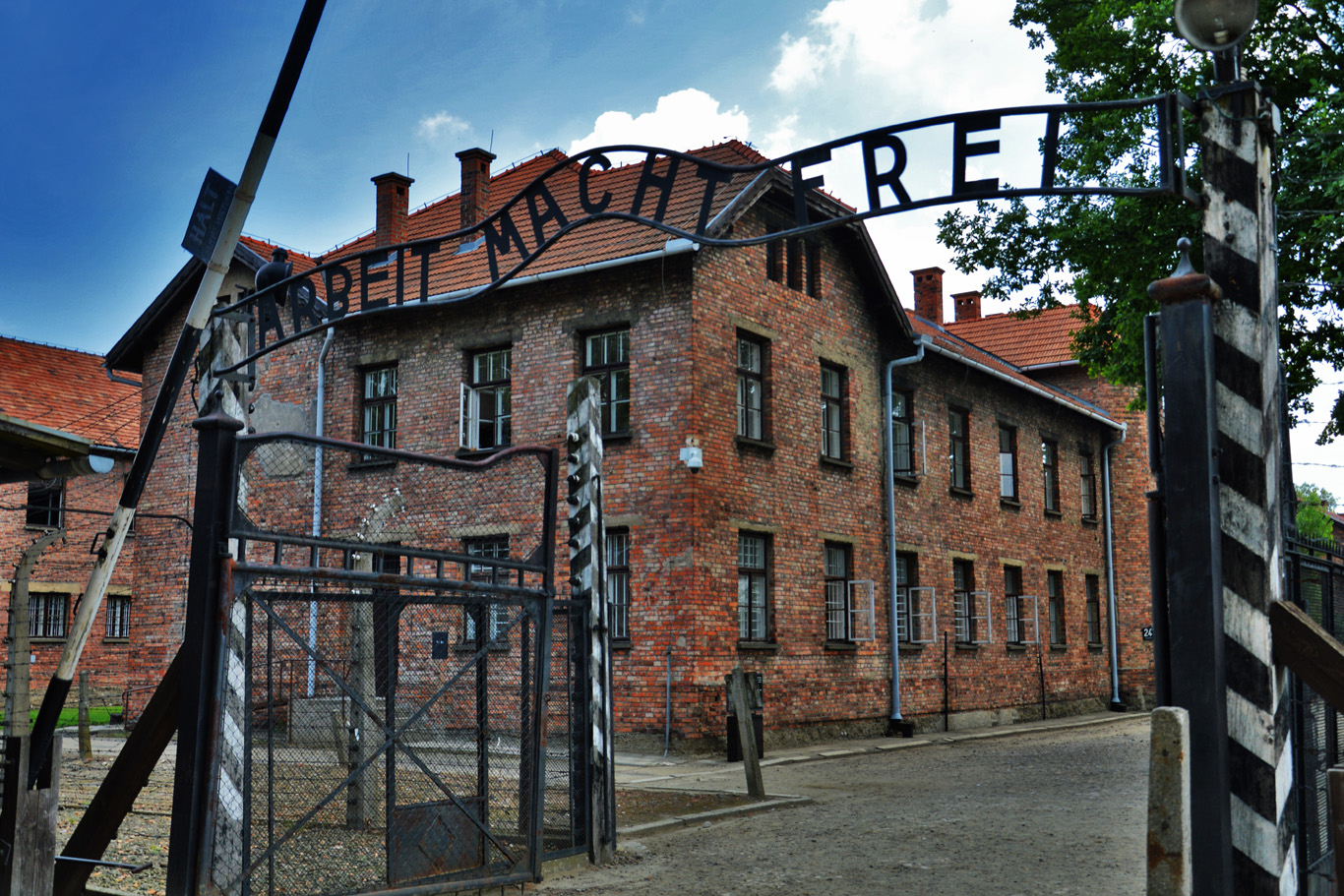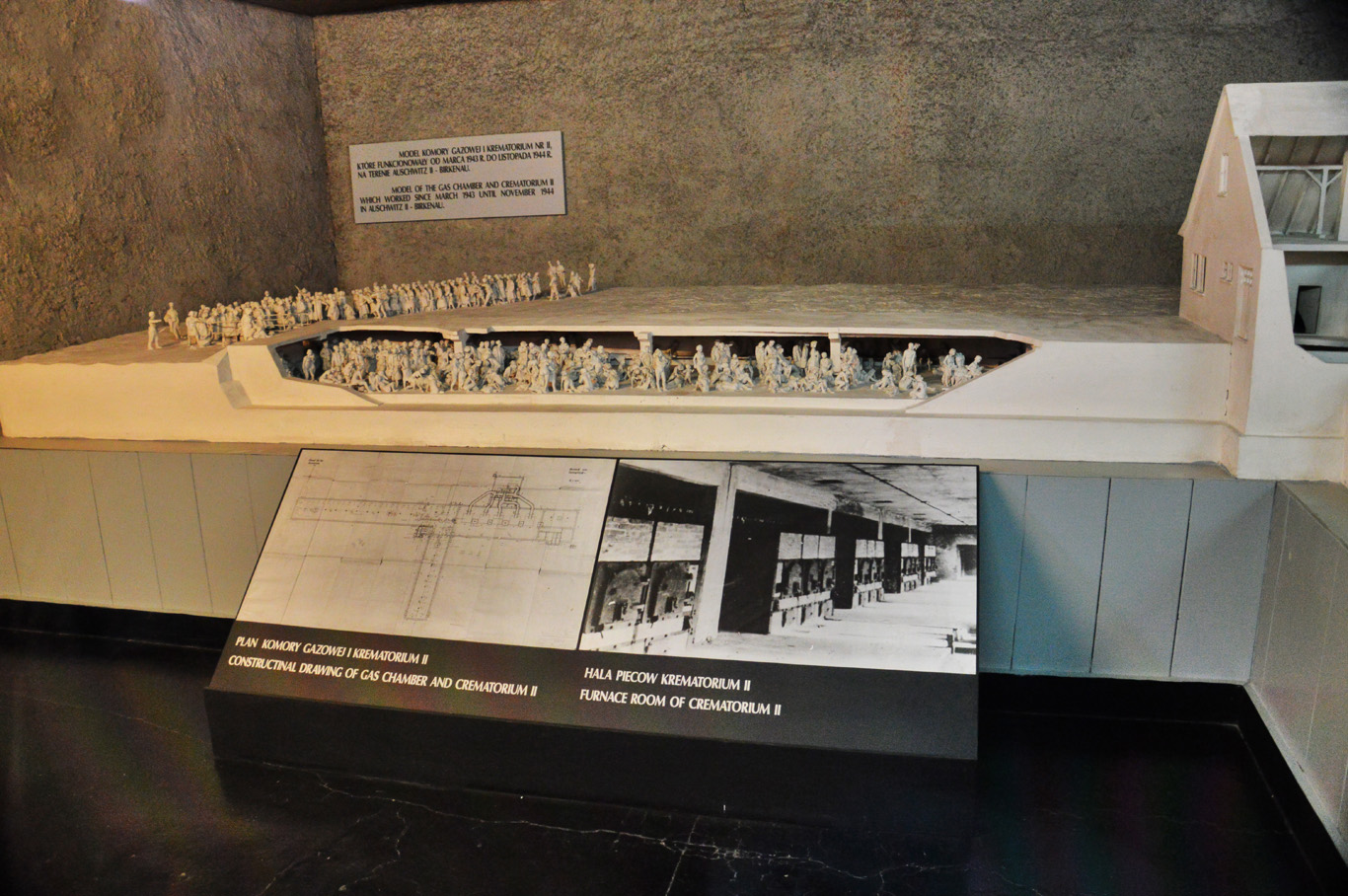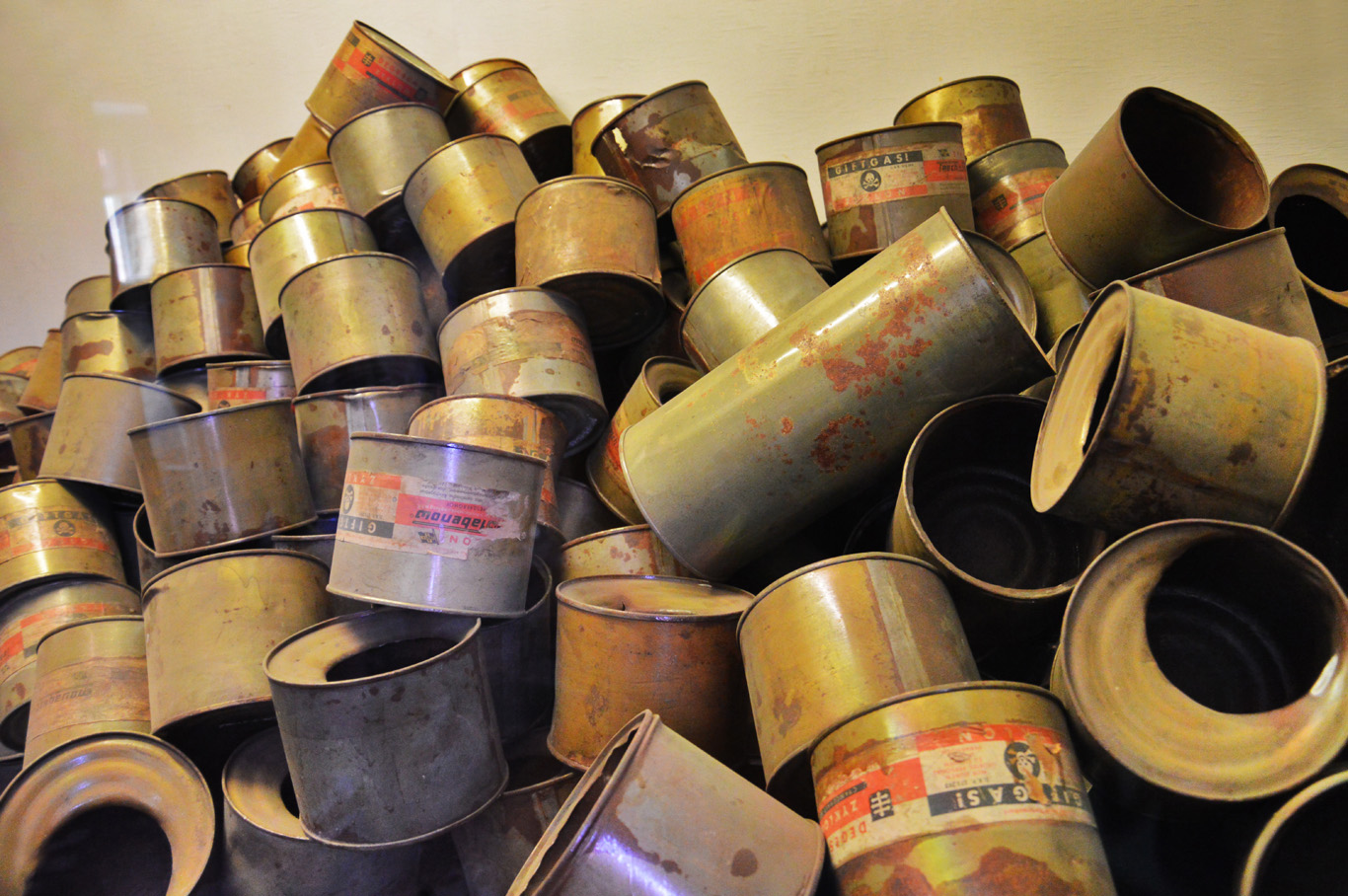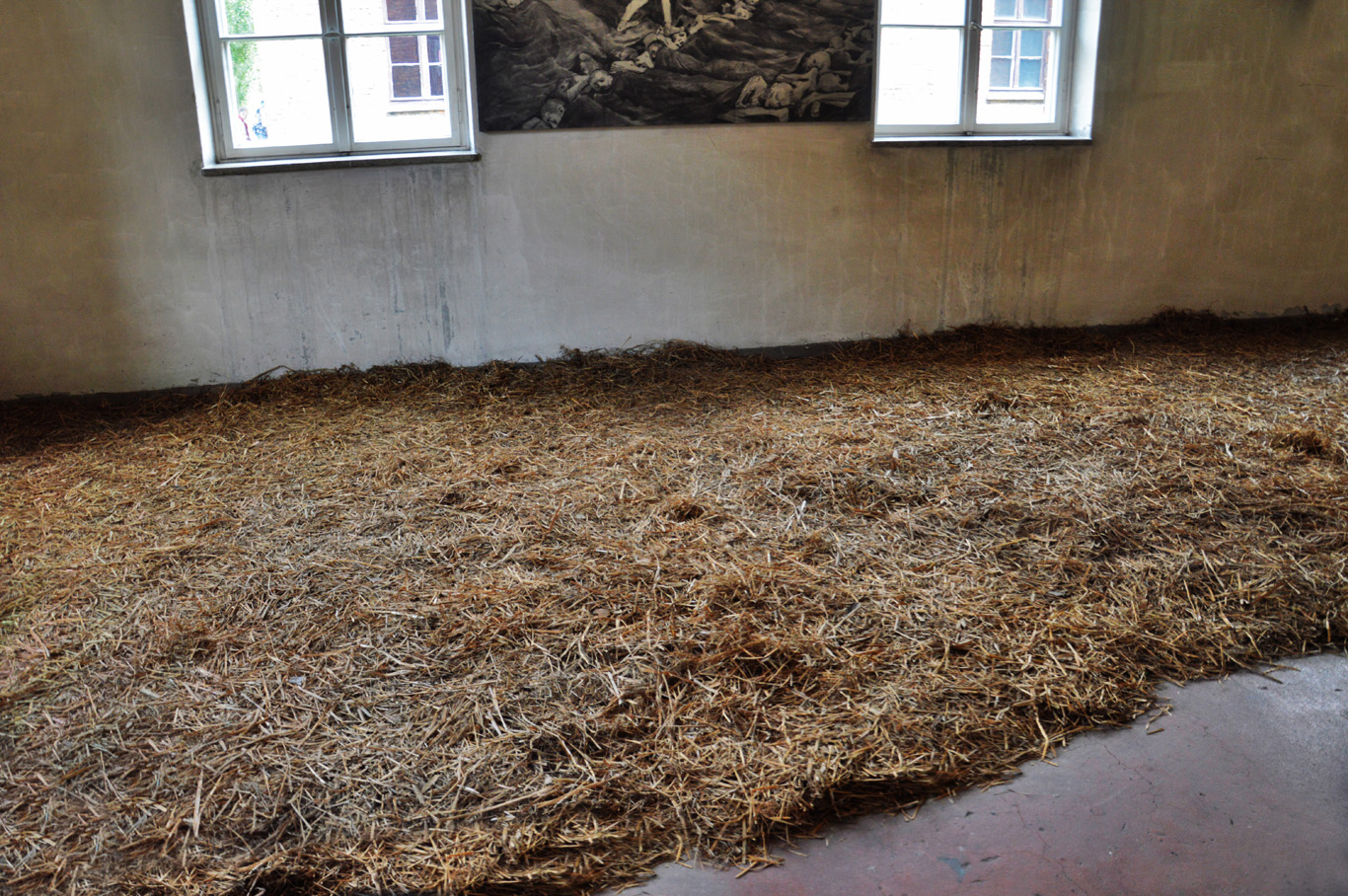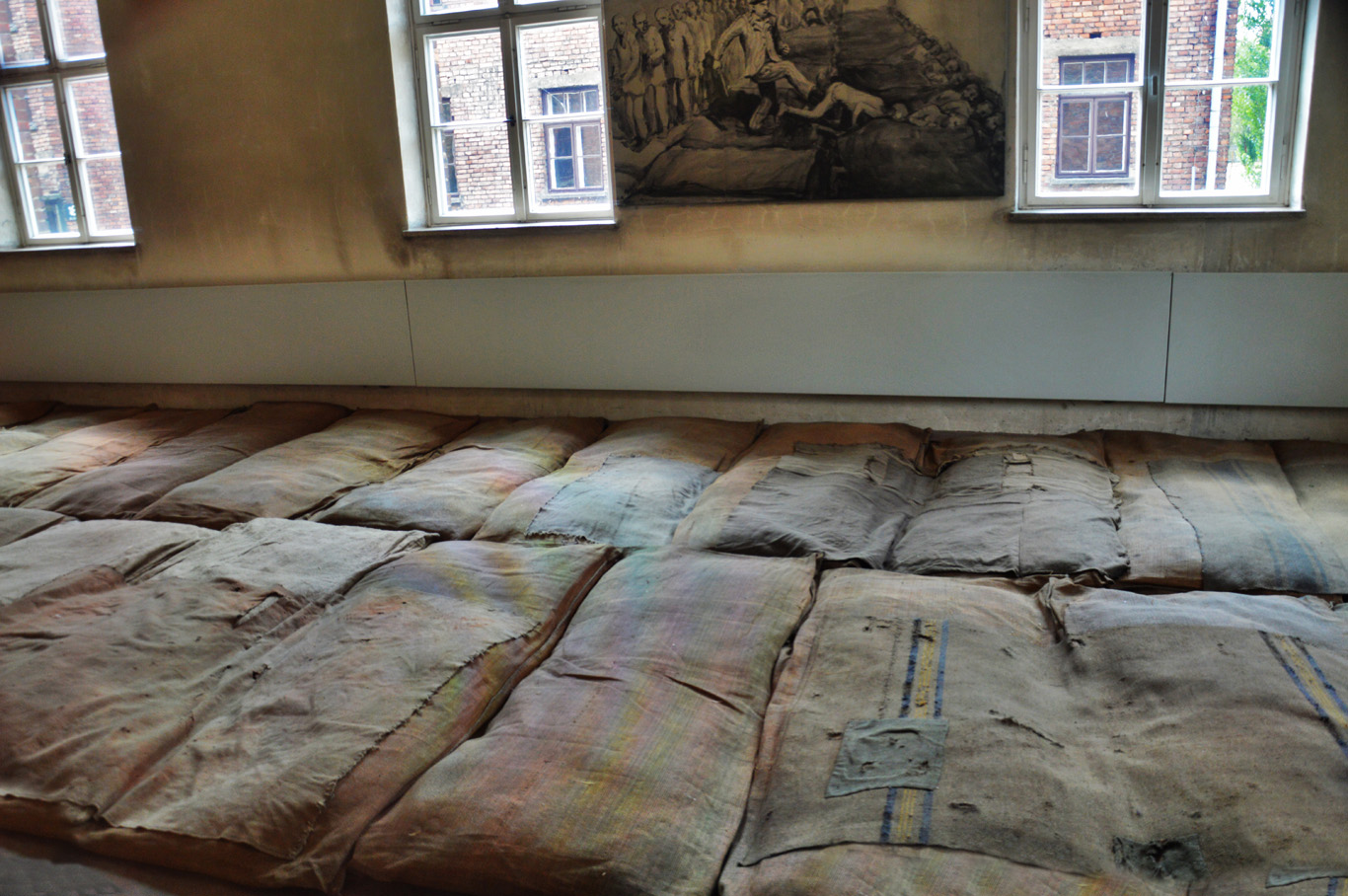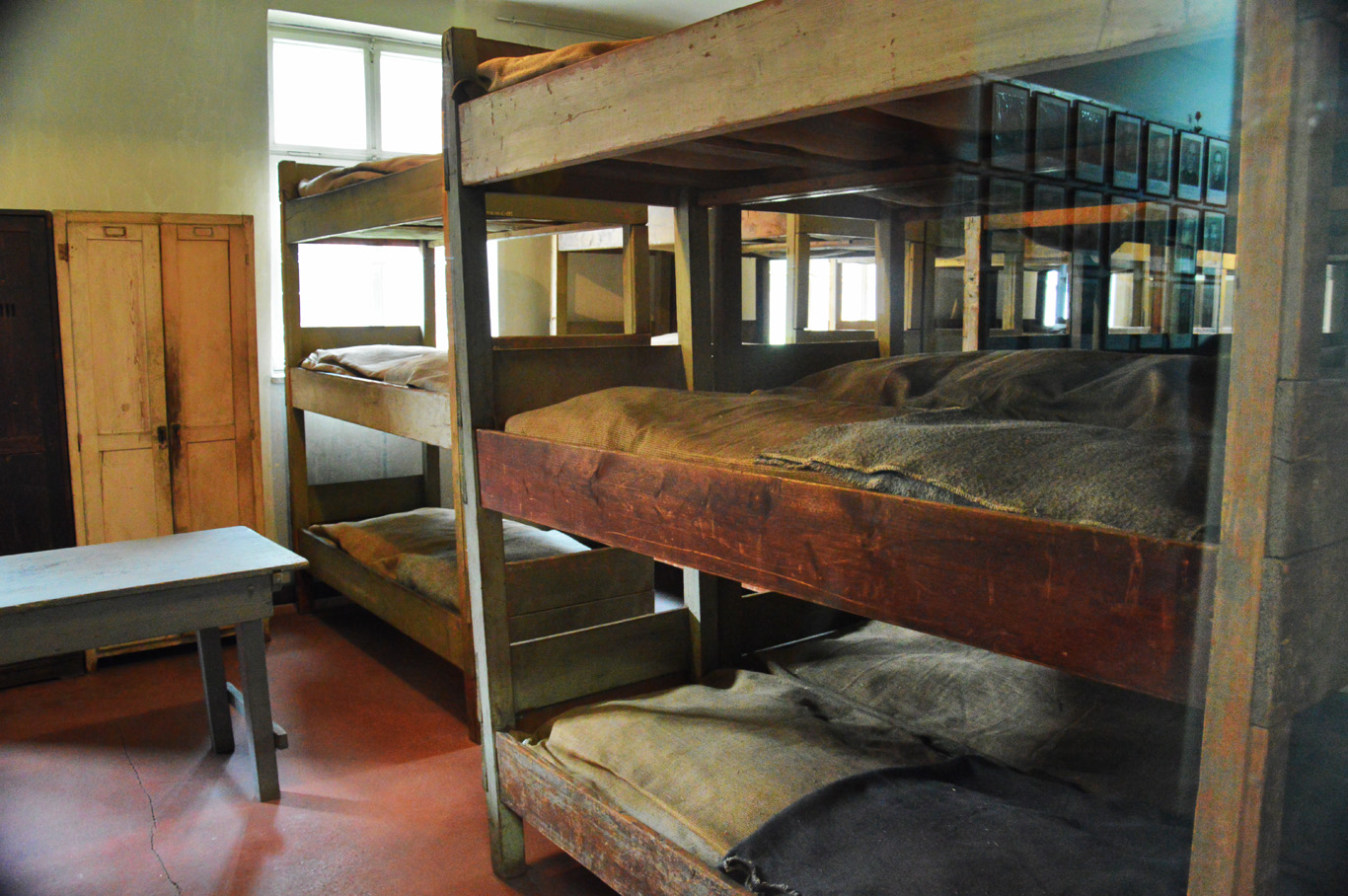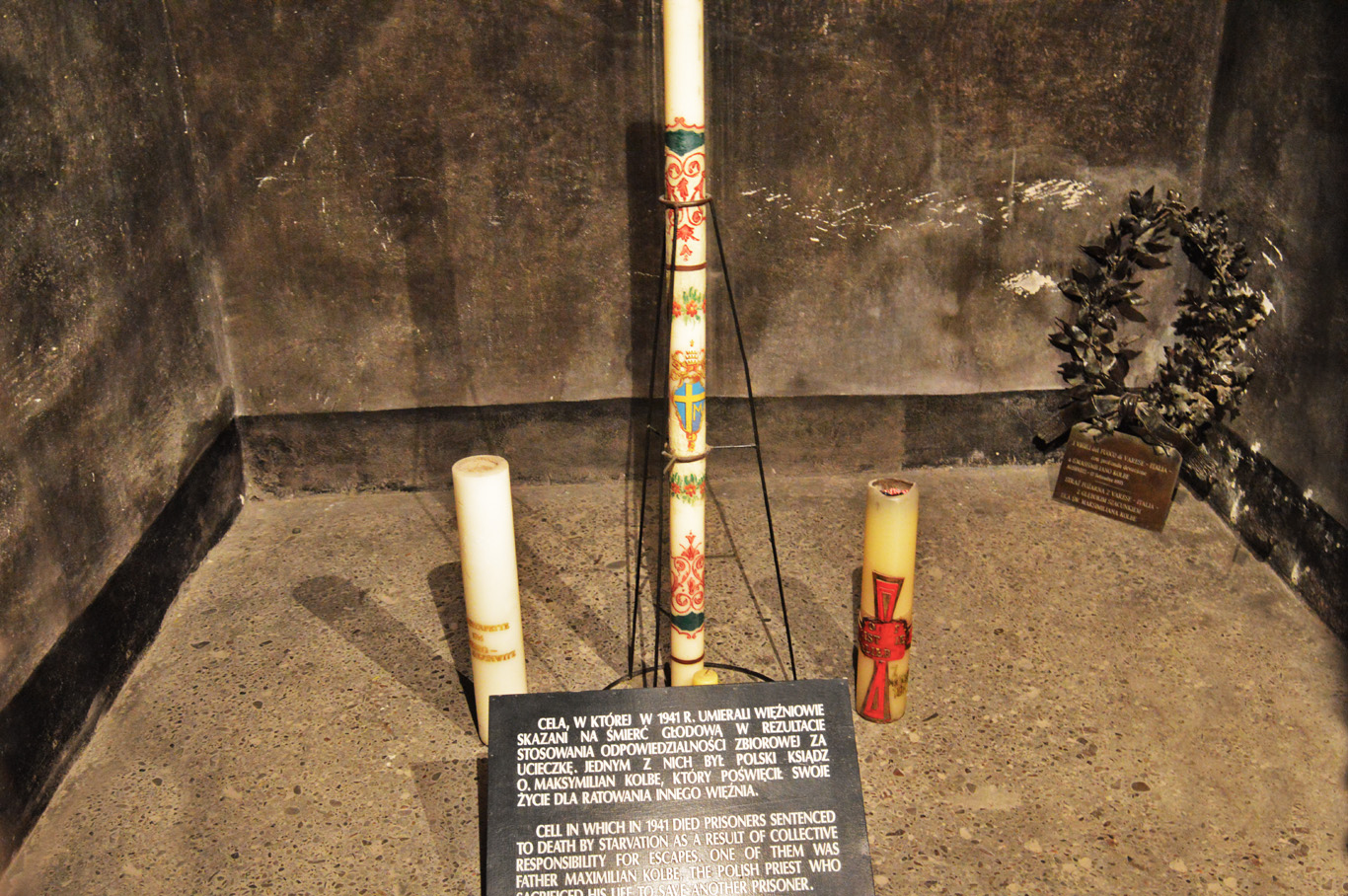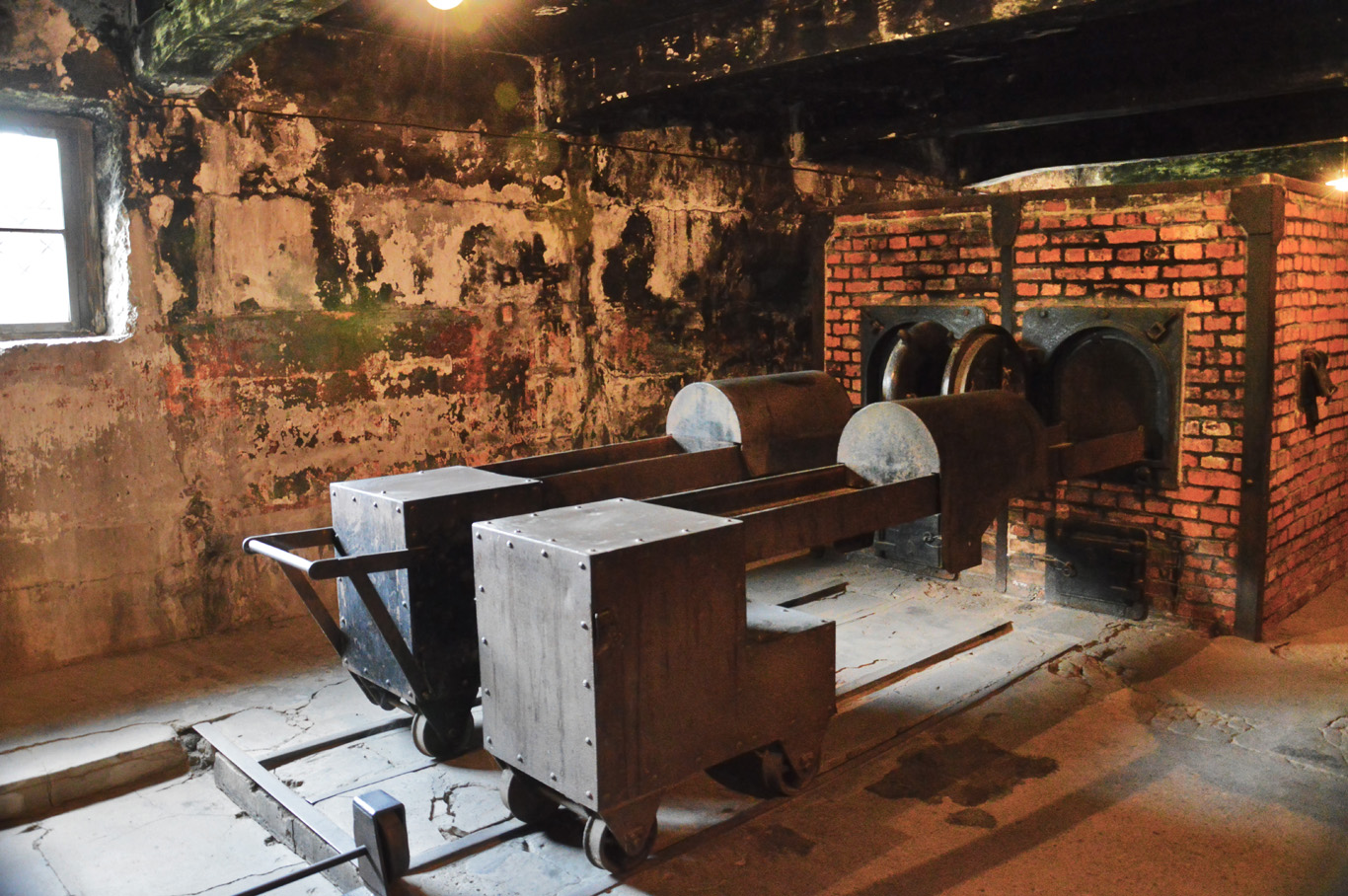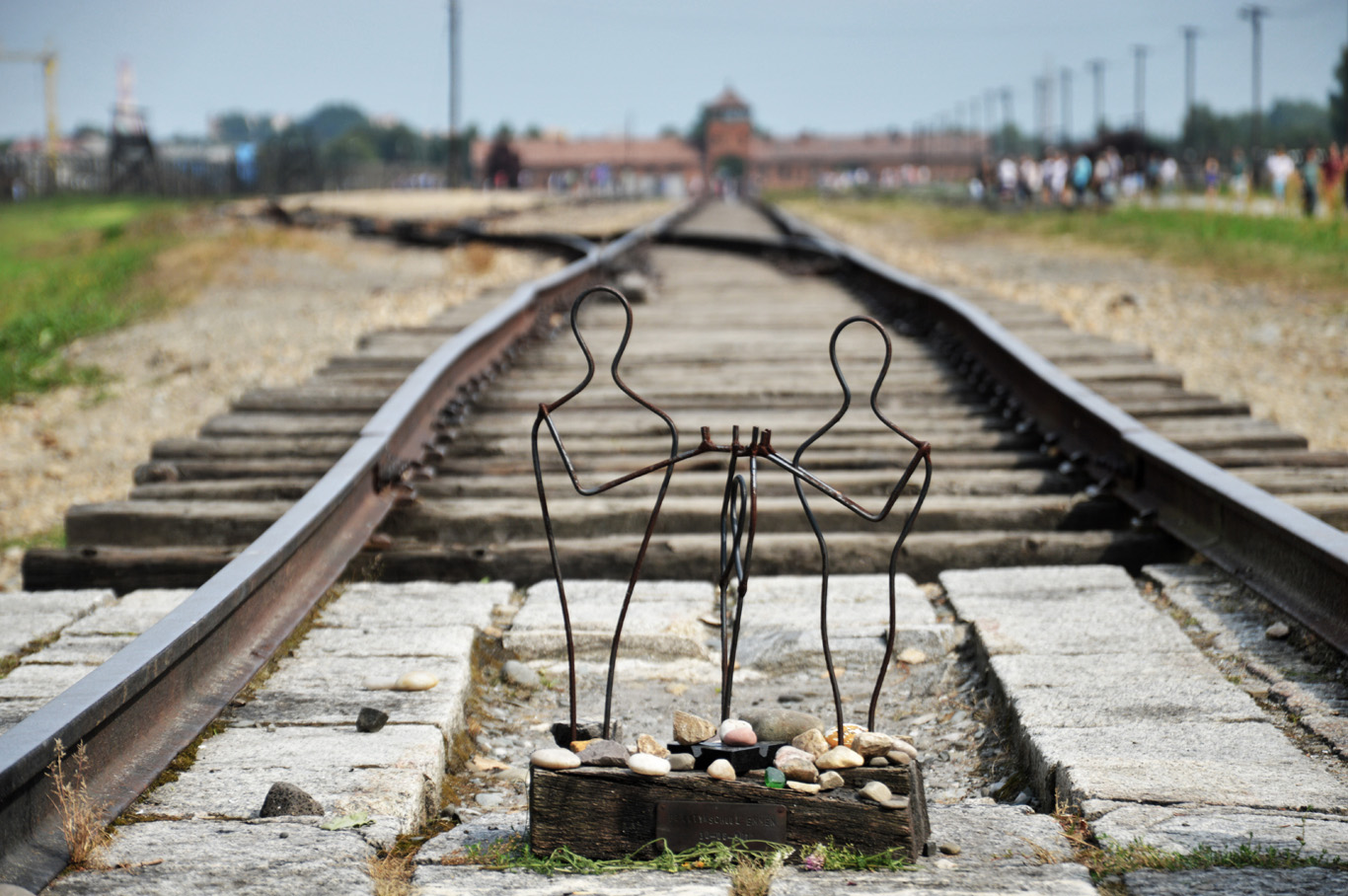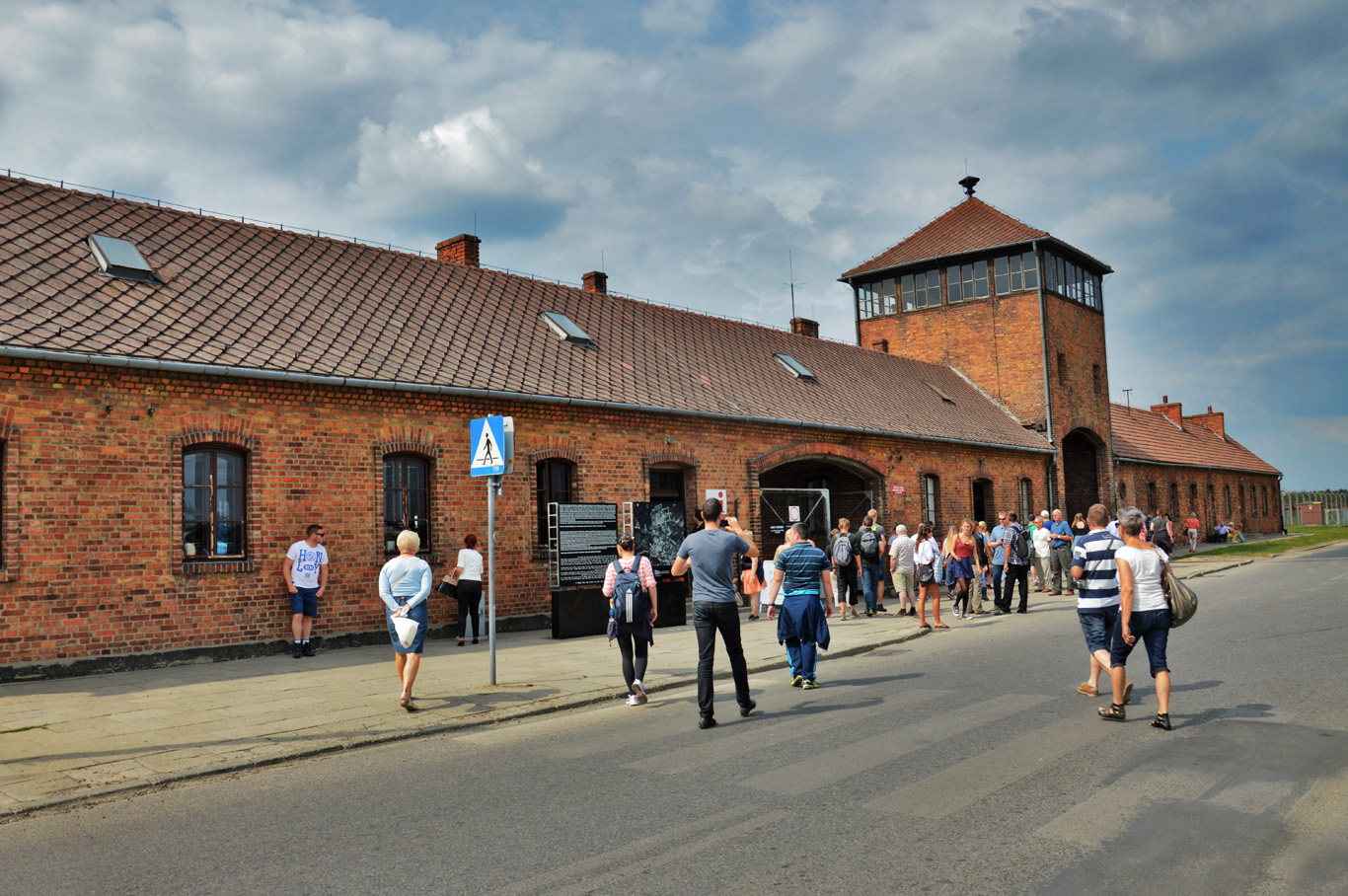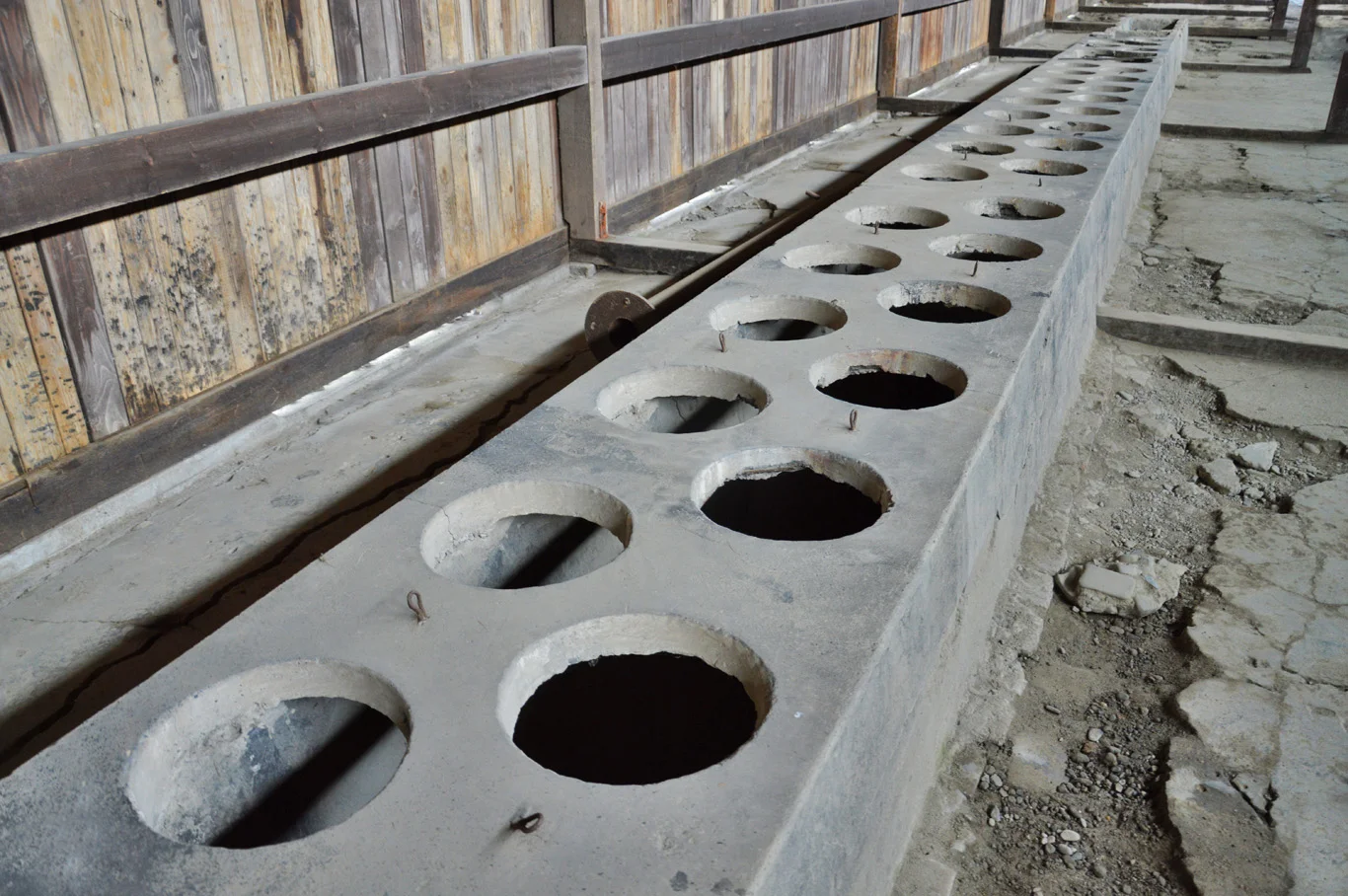This article will probably be a bit off topic but I felt a need to write it after a visit in one of the world's most infamous sites. Auschwitz Concentration Camp in southern Poland has recently become one of the most visited tourist attraction in the Krakow region. However, in my opinion, it should never be perceived as one. The site of incomparable genocide that was committed by the Nazis during the second world war should be seen only if you fully understand what really happened there and what consequences it entailed for those involved in those horrific events.
The south of Poland offers many beautiful (although typically unheard of) natural and architectural wonders (besides Krakow): Wieliczka Salt Mine, the town of Zakopane and Tatra Mountains with emerald lakes and numerous mountainous trails and shelters. If you're not ready to face one of the most horrible places on Earth which Auschwitz undoubtedly is - choose the surprising and unspoiled Polish countryside instead. However, if you're open minded and willing to learn something, do go and see Auschwitz, but do some research and prepare yourself before the visit.
Auschwitz Day Tours or Public Transport - How to get to Auschwitz
Walking down the medieval, little streets of Krakow, you'll see multiple agencies offering tours to Wieliczka Salt Mine, Zakopane and Aushwitz. Usually, a day tour will cost around 40-50 EUR (45-55 USD) per person. In my opinion, if you don't mind arranging some stuff by yourself (which is extremely easy) and don't want to be ripped off - use the public transport to reach Auschwitz. You can save over 50% this way (including the entry fee with a guide).
There are quite many trains and buses from Krakow to Oswiecim (Oswiecim is the real name of the village where the Auschwitz Concentration Camp was built). A return journey would cost you around 6 EUR (7 USD). You must add a price for a guide (around 10 EUR/11 USD) at Auschwitz (the guide is mandatory - there are different language groups every hour or so and you'll be asked to join one at a certain time - check the official website for timetables and details). In this case, the whole trip will be around 16 EUR (18 USD). It takes around 2 hours to get to Auschwitz from Krakow by bus or train.
Why Auschwitz is not for everyone
You might think that if you've seen some museums of medieval torture or horror, the visit in Auschwitz won't do any harm. If this is your approach, you should really pass. Anyway, you won't find literally any signs of some sort of macabre, blood or anything of this sort. You'll just see empty buildings, shacks and barracks. And silence. Deep silence which will drill into your ears. If you don't understand the gravity of this place, it may even seem boring and unattractive for you.
But as I mentioned before, Auschwitz should not be thought of as an attraction! The absolutely worst thing about it is that it exists.
Now, let's imagine you wake up on a beautiful sunny day, prepare to go to school or work and suddenly someone knocks on your door and forces you out of your home. Then you're squeezed into a cattle railcar so tightly that you can't even sit down.After that, you travel for a week in such conditions without stopping for food or toilet. People defecate and die around you. Then, the infamous gate at Birkenau (the second part of the camp) stands before your eyes - the place of no return. You are separated from your loved ones and you either leave Auschwitz immediately through the chimney (after having been gassed in a gas chamber and cremated) or are fit for work which will grant you a few months of living and eventually kill you in the most inhumane way possible. But, of course you won't go to waste completely - your body parts will be later used as soap or carpet.
Just try to put yourself in the shoes of those who were prisoners there. You'll understand why Auschwitz is not an attraction and why it used to be the worst place on Earth.
If you have empathy, a visit in Auschwitz will leave you deeply depressed. It's not an tourist sight in a sense of a must-see place. It's a huge graveyard and site of unimaginable suffering of millions, mainly Jews from all parts of Europe and should be treated as such.
The main gate to Auschwitz
Barracks at Auschwitz I
The wall of death
Fences
Places in Europe from where prisoners were transported
Cattle railcars - arrival
Children marching to their death
A model of a gas chamber
Zyklon B granules which used to be thrown into the chambers releasing deadly gas
Original Zyklon B cans
Valuables taken from prisoners
Jewish robes
Glasses taken from prisoners
Crutches - Disabled people had no chances of surviving
Pots taken from prisoners
Personal belongings
Luggage cases signed - the owners had a hope to get them back
Children's clothes
Hundreds of shoes
Bedding in Auschwitz I
Mattresses in Auschwitz I
Toilets in Auschwitz I
Bathroom in Auschwitz I
Bunk beds in Auschwitz I
Judgment room - if you entered, it meant you were going to be executed
Washrooms in Auschwitz I
Cell for prisoners sentenced to death by starvation
The crematorium
The crematorium
The crematorium
Extreme cases of inappropriate behavior
Some people should never visit Auschwitz. I'm talking here about those who take selfies in front of places such as the infamous gate with the sign "Arbeit Macht Frei" (Work will make you free) or even worse - with the barracks, personal belongings of those who perished and furnaces used for cremating bodies. It's absolutely not acceptable in my opinion. People clearly do not understand that these things are real (and not museum artifacts).
I've seen some groups of teenagers taking photos laughing and making funny faces in front of the wall of death were the prisoners had been executed on daily basis. There were also other, more outrageous cases reported in the news. For example, one girl actually got into one of the furnaces in the crematorium, took a selfie and was dumb enough to post to immediately on one of her social media profiles!
Another infamous and completely ridiculous case was the one when the "Arbeit Macht Frei" sign had been... stolen in 2010! It had been cut into three pieces but fortunately was found by police and is now back where in its original place.
Visiting Auschwitz
In most cases, a guide is not needed to visit a place. But in Auschwitz, it is a must. It can help you understand the history and horrific events that happened there. You will see two parts of the concentration camp - Auschwitz I - which looks like a prison with brick buildings and Auschwitz II -Birkenau (Brzezinka in Polish meaning "birchwood").
The red brick buildings served as accommodation for prisoners as well as hospitals, cells and crematorium. The hospital of course wasn't there to cure patients - it was used mostly for atrocious medical experiments. The conditions in Auschwitz were appalling - the shared bathrooms had no privacy and prisoners suffered from many infections and parasites. But overall, it was slightly better than Birkenau.
Nowadays, the brick buildings of Auschwitz hold various exhibitions. Behind the glass sheet, there are cans of "zyklon B" - the gas which was used to murder people on a massive scale as well as glasses, clothing, luggage, hair and other personal belongings and shoes of those who died in Auschwitz. The most disturbing are the ones taken from babies and little children (they met death immediately when entered Auschwitz).
The 20th century is a century of great advancement in science and medicine. Auschwitz demonstrates how wrong it all went. People were used as a product and their bodies were utilized in "the best" way possible according to the Nazi ideology. All the valuables, like cash, gold or jewelry were taken from the prisoners and transported to Germany, including golden teeth (there was a special team of prisoners who extracted the teeth and searched for hidden gems inside the dead bodies). It has also been speculated that numerous cases of using human fat to make soap occurred and hair was used to make carpets and blankets (you can see them in one of the exhibitions).
Auschwitz II - Birkenau
If you think red brick buildings of Auschwitz were bad, wait until you see the Birkenau. The barracks in Birkenau are made of wood (intentionally they had been built for horses), many of which are destroyed now. There was no heating and prisoners suffered from malnutrition and parasites. They were crammed in several people per wooden bunk bed without any bedding. For any ridiculously small offence (like looking at the guard in the wrong way), there would be a roll call - everyone had to stand for several hours, even in the middle of winter. Many weren't able to survive and simple fell to their death. Anyway, if you weren't able to stand, you were dead anyway because the guards would kill you immediately or transfer you to the prison or hospital where you would be tortured and executed.
Our guide told us many absolutely unimaginable stories. For example, if there was no work on a certain day, the Nazis came up with an idea of picking up stones and carrying them to the opposite site of the camp. When it was done, prisoners had to carry them back.
The most disturbing story, however, was the one of janitors. They looked after the toilets (if you can call a row of dozens of holes a toilet). Basically, prisoners were allowed to use the toilets all at once for a couple of minutes. If you didn't manage to find a hole for you or spent too much time doing the business, it's your loss. You were forced to leave.
The toilets were cleaned manually of course - without any gloves or cleaning products. There wasn't any drainage system of course, so the contents from the toilets had to be taken out with the bare hands. Just try to imagine how anyone could do it, it's beyond me.
What's more ironic, the toilet cleaners (if they weren't killed by parasites or disease) were more likely to survive than others because the guards were too disgusted to come close and beat or mistreat them.
Lesson never learnt
While visiting Auschwitz, you'll hear more stories like that. They seem to be copied from the worst gory horror films, but no, in this case it was all real. It's truly disturbing when you realize what people are capable of doing to other people.
There is a sign in Auschwitz: "The one who does not remember history is bound to live through it again". I would also add "understand" - looking at some people, they clearly don't. And, similar things to what happened in Auschwitz were and are happening (Armenian Genocide - see the museum in Yerevan, Cambodian Genocide - museum in Phnom Penh, multiple wars, conflicts and violence). It all boils down to the fact that we, as humanity, actually didn't learn from this lesson at all.
A symbolic monument in the place where people were sorted by their abilities to work
Birkenau - the entry gate
The view over the camp in Birkenau
If you had seen this gate in 1943, the only way you could have gotten out was through the chimney...
One of the railway cars used for transporting prisoners
Guard tower in Birkenau
Wooden barracks in Birkenau
Bunk beds in Birkenau
"Heating system"
The toilets at Burkenau
Destroyed by the Nazis gas chamber and crematorium at Birkenau
Auschwitz memorial
Related Posts
Copying without permission is not allowed. If you wish to use any of the site's content (photos or text) or work with us, please contact us.
We welcome questions, advice, support or criticism. However, spam comments will be removed.

